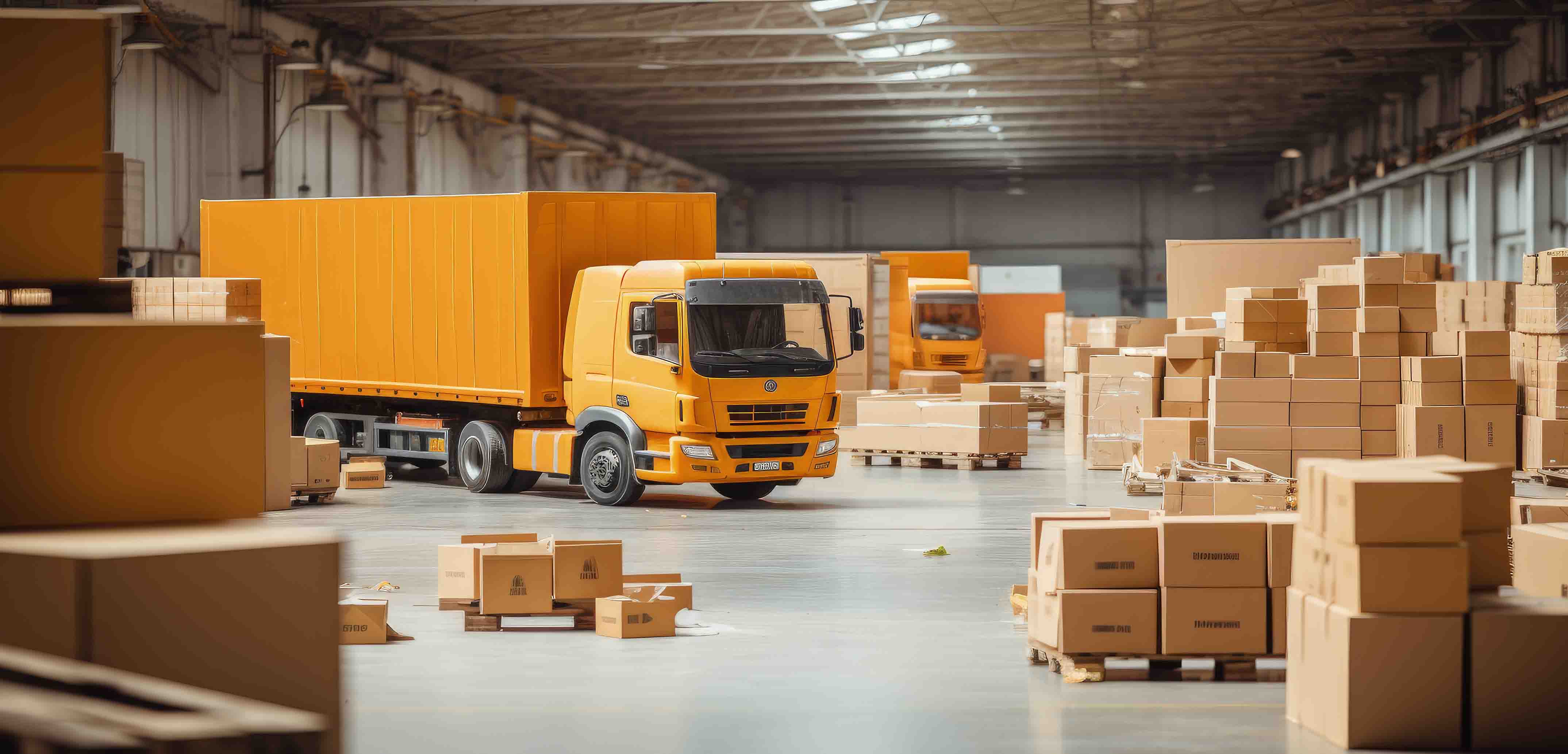
India Forging the Path to Logistics Excellence
India Forging the Path to Logistics Excellence
India is on a mission to establish itself as a premier global logistics hub, a crucial stride towards achieving the status of a developed economy. The Indian government is proactively executing the National Logistics Policy (NLP), which is designed to revamp and elevate the logistics sector within the nation. This policy is targeted at addressing multifaceted challenges in transportation and supply chain management to usher in greater efficiency and cost-effectiveness.
While the NLP is dedicated to the establishment of a more regulatory framework, the Gati Shakti initiative primarily concentrates on integrated infrastructure development, both pivotal in streamlining India's expensive logistics ecosystem. This multifaceted approach ensures that India not only strengthens its physical infrastructure but also harnesses the power of digital innovation and regulatory reform to propel its logistics sector onto the global stage, contributing significantly to the nation's overall economic development.
PM Gati Shakti: Enabling Smooth Logistics
Traditionally, there existed a notable lack of coordination among different government departments, leading to inefficiencies and wasteful spending. For instance, newly constructed roads would often be dug up again by various agencies for activities such as laying underground cables and gas pipelines, causing inconvenience and financial waste. To address this issue, concerted efforts have been made to enhance coordination, ensuring that all such infrastructure components are installed simultaneously. Additionally, steps have been taken to tackle other bottlenecks like the protracted approval process and the proliferation of regulatory clearances.
The PM Gati Shakti initiative is set to integrate the infrastructure schemes of diverse ministries and state governments, encompassing projects like Bharatmala, Sagarmala, inland waterways, dry/land ports, UDAN, and more. It extends its reach to encompass economic zones, including textile clusters, pharmaceutical hubs, defence corridors, electronic parks, industrial corridors, fishing clusters, and agricultural zones, with the aim of enhancing connectivity and bolstering the competitiveness of Indian businesses. In tandem, the National Logistics Policy (NLP) complements PM Gati Shakti, promising to be a game-changer for logistics efficiency in the country. Together, they represent a comprehensive approach to streamline infrastructure development and logistics coordination, ushering in a new era of economic growth and competitiveness in India.
Digitalization: A Catalyst for Circular Economy
Digitalization of logistics plays a pivotal role in facilitating a transition towards a circular economy by improving communication, tracking shipments, managing inventory, and enhancing waste management. Real-time tracking and technology solutions are key components in achieving correct waste disposal, encompassing solid, electronic, and plastic waste. Pilot projects serve as practical tools for implementing these ideas and addressing operational challenges, while collaborations with stakeholders and service providers further support the seamless transition towards a circular economy.
Moreover, technology enables more efficient product lifecycle management. Through continuous monitoring and data analysis, businesses can prolong the lifespan of products, reducing the need for new items and promoting the principles of ‘reduce, reuse, and recycle’. Additionally, technology fosters the sharing economy, promoting resource efficiency through platforms that facilitate the sharing, renting, and swapping of goods. This shift from ownership to access not only reduces the overall demand for new products but also contributes to the broader sustainability agenda. Overall, the digitalization of logistics offers essential tools and solutions to advance the circular economy, promoting responsible resource management and sustainable consumption patterns.
Infrastructure Investment: Key to India's Economic Growth
India's ascent to the 38th rank on the World Bank's Logistics Performance Index is a noteworthy achievement and underscores the country's commitment to becoming a developed economy. The government's goal to reduce logistics costs from 13-14 percent of GDP to 8 percent by 2030 is essential for greater growth. To further this trajectory, India must establish multimodal transportation hubs that seamlessly connect various modes of transport. Presently, roadways dominate freight transportation, followed by railways, emphasising a pressing need for waterways.
Investing in infrastructure development is paramount for India's economic growth, as it enhances efficiency, productivity, and competitiveness. Modernising highways, ports, airports, railways, and digital networks can attract private investment, create jobs, lower transportation expenses, and broaden market access. Moreover, it can improve the quality of life for citizens by providing essential services like water, sanitation, and healthcare. Achieving these goals will demand ongoing policy support, structural reforms, and investments in key sectors like technology.
Sustaining a high growth rate can position India as a global economic powerhouse, offering significant opportunities for its people and businesses. Investments in logistics infrastructure will also benefit the e-commerce and manufacturing sectors, driving cost reduction, efficiency, market expansion, customer satisfaction, job creation, and sustainability. This, in turn, will give Indian businesses a competitive edge and propel economic growth to new heights.